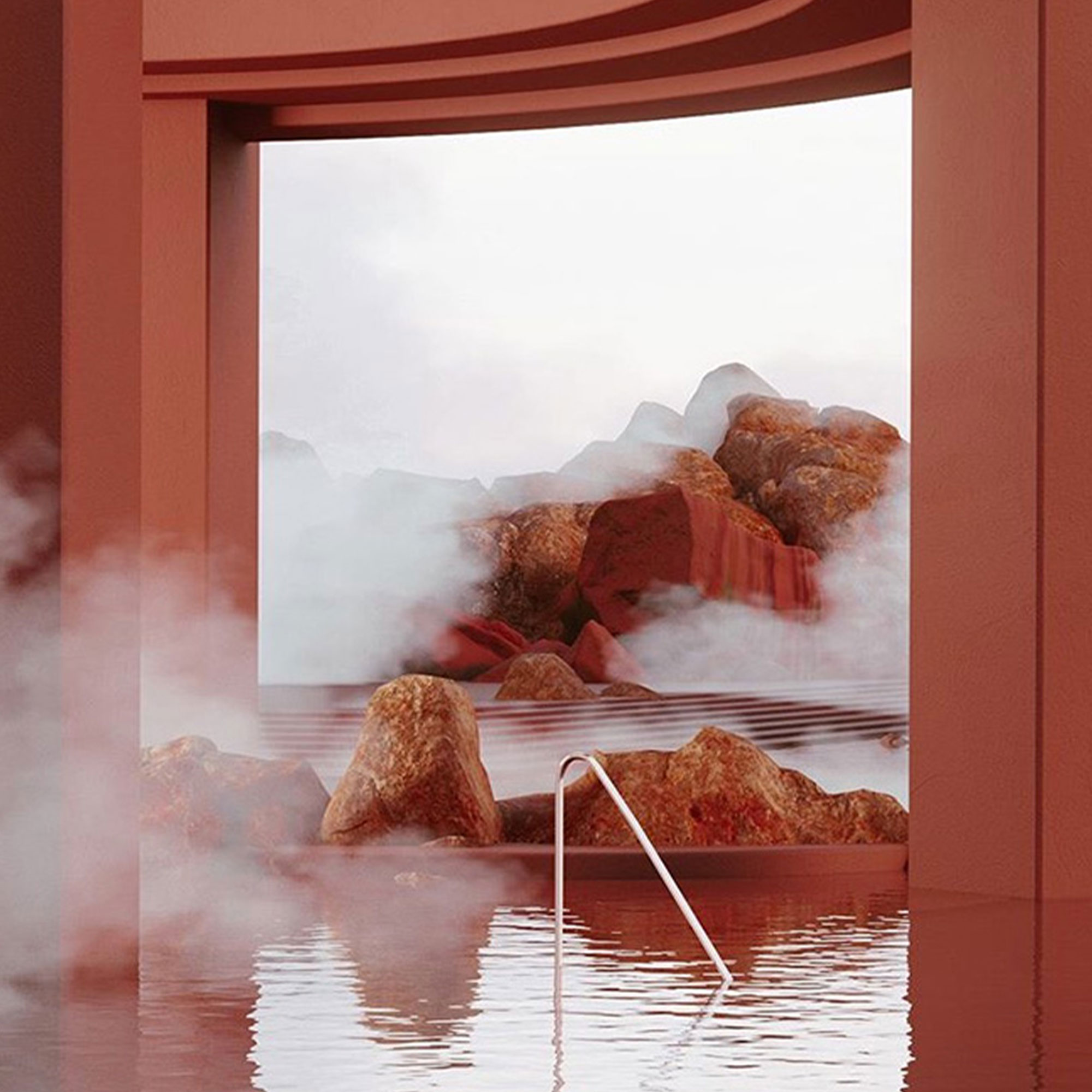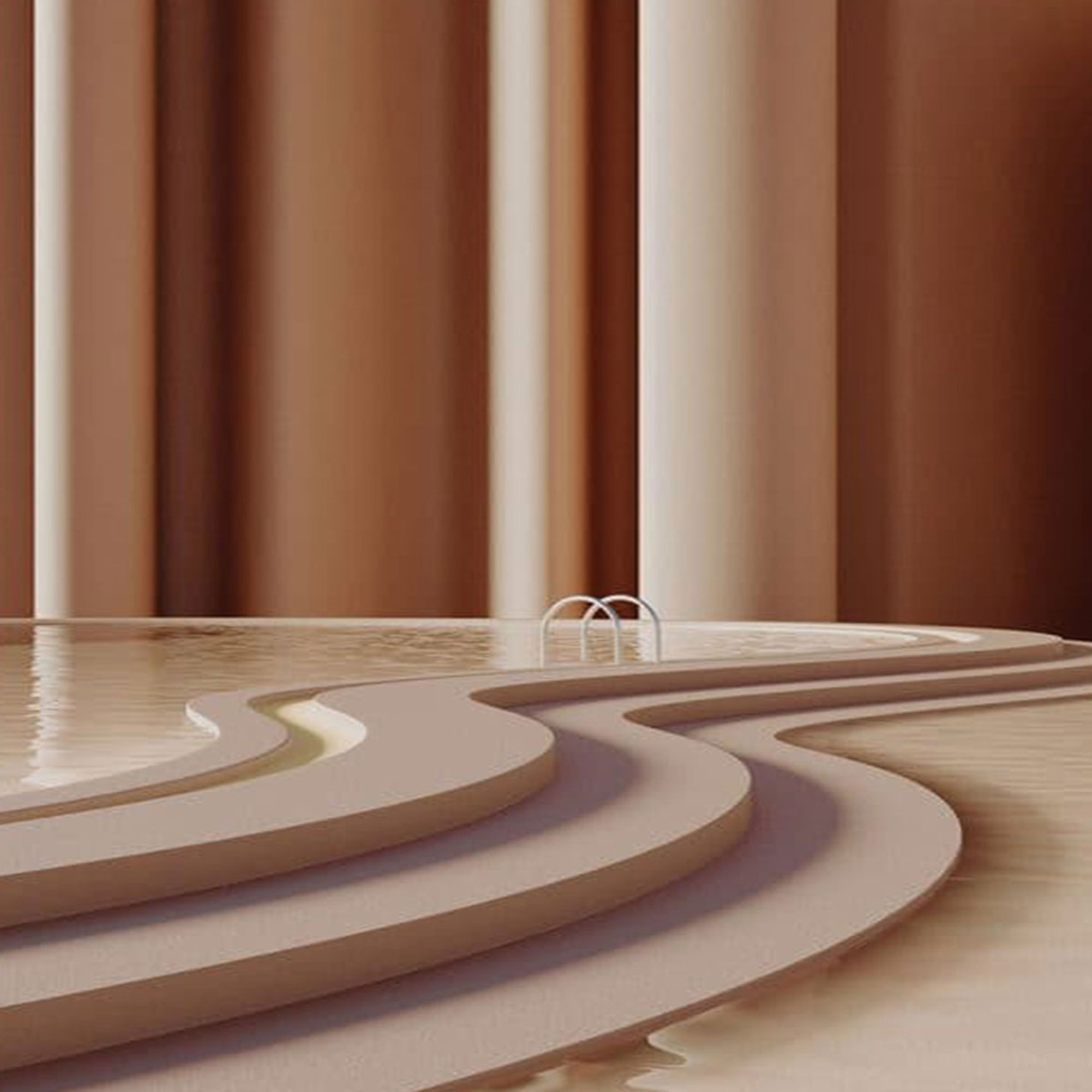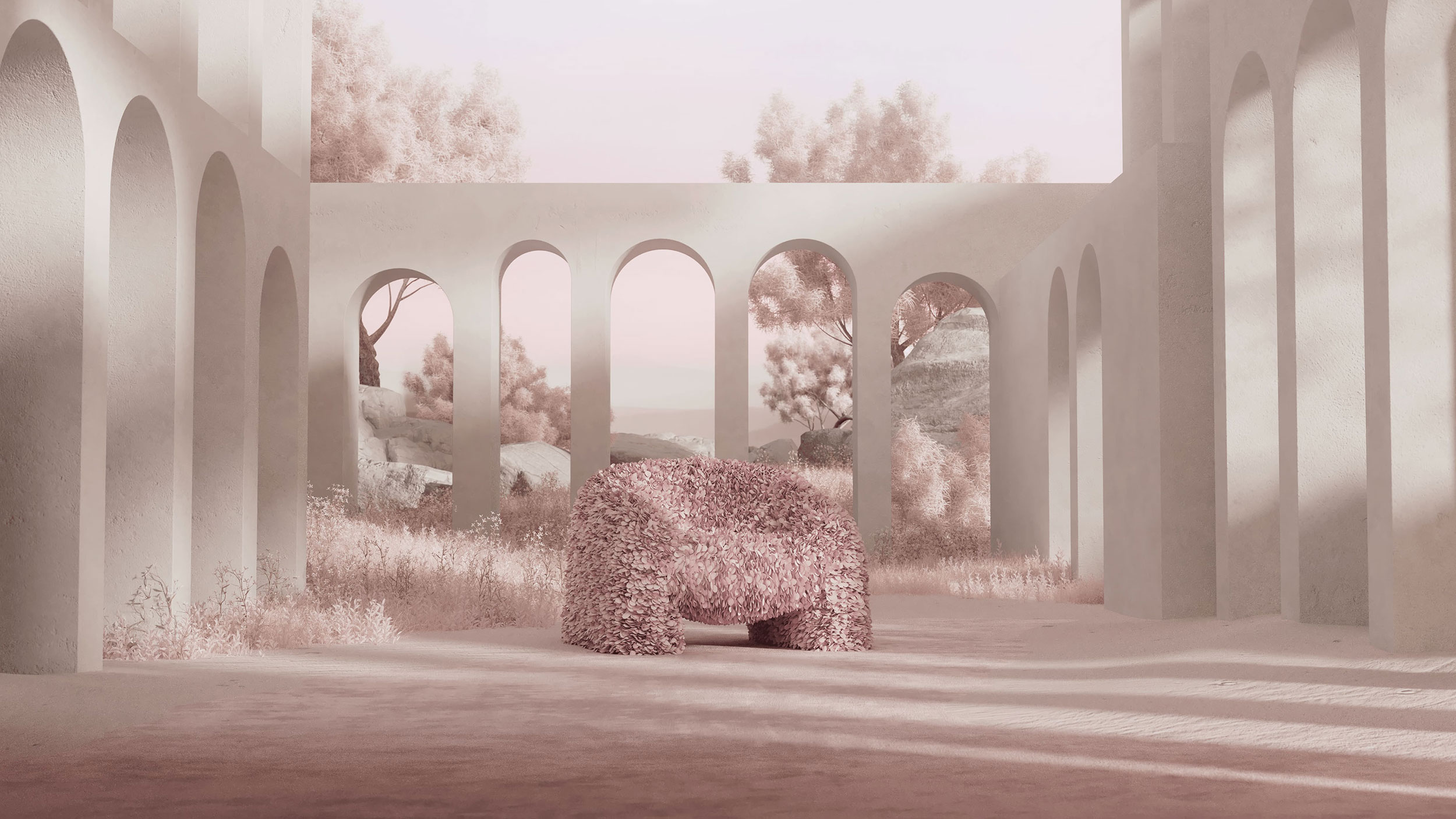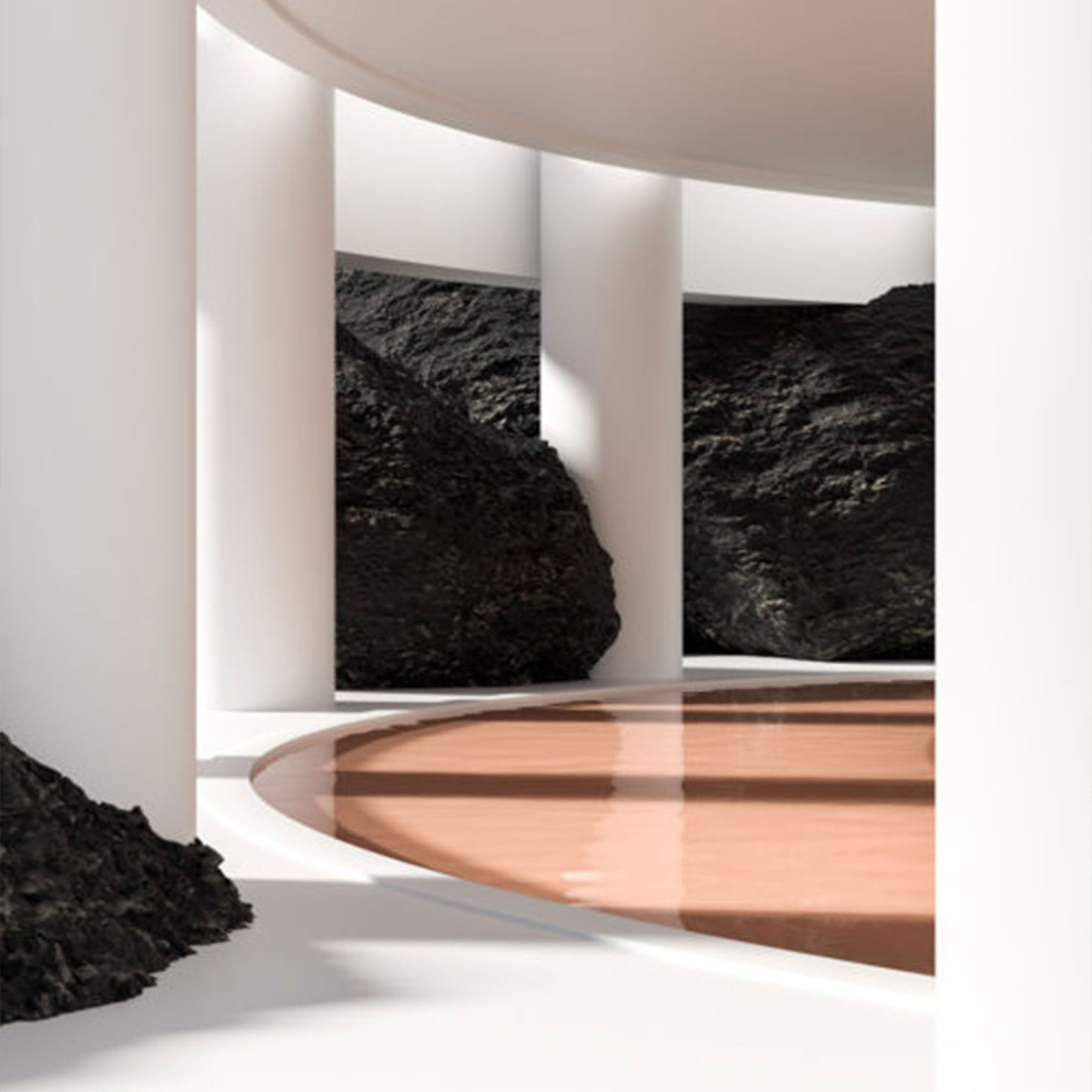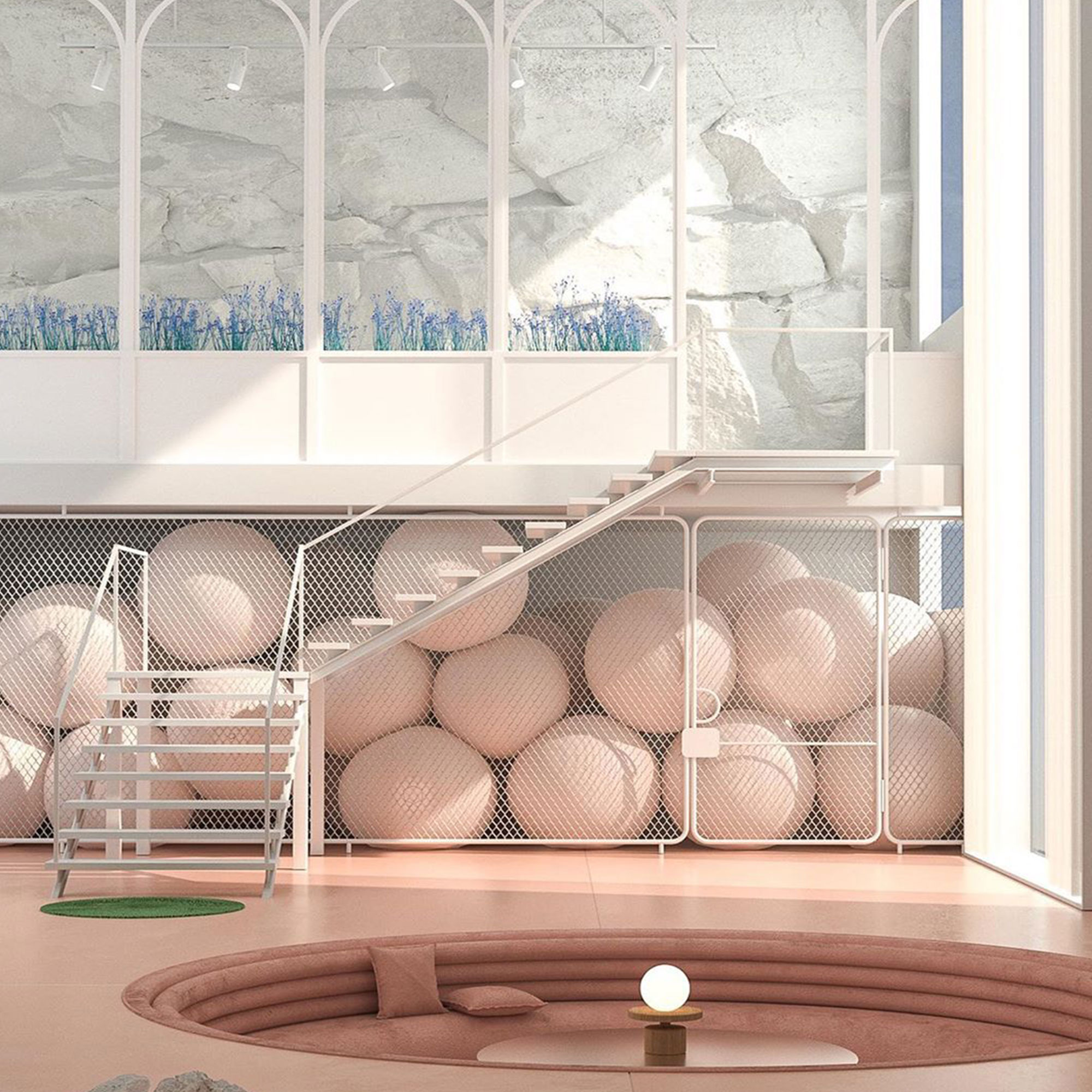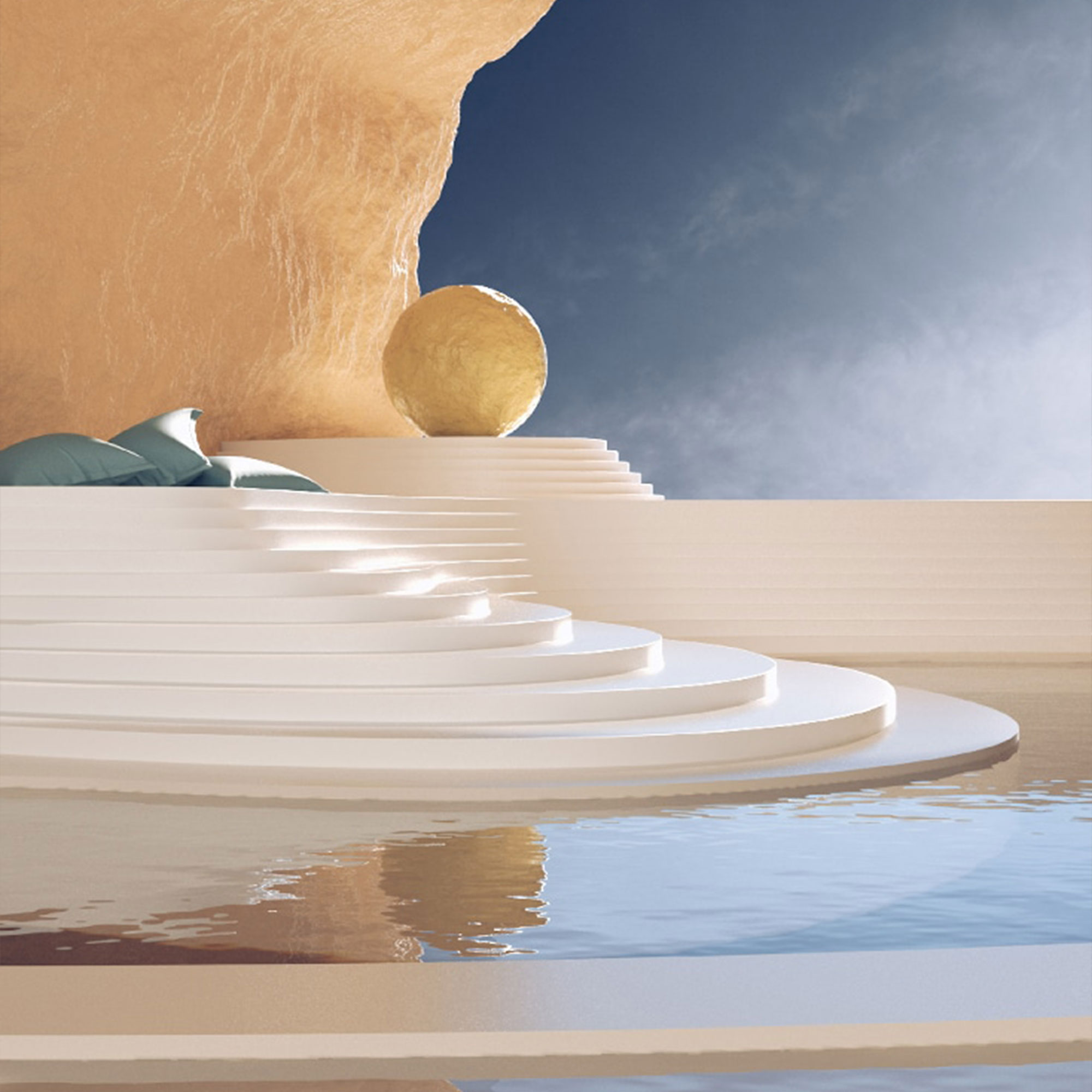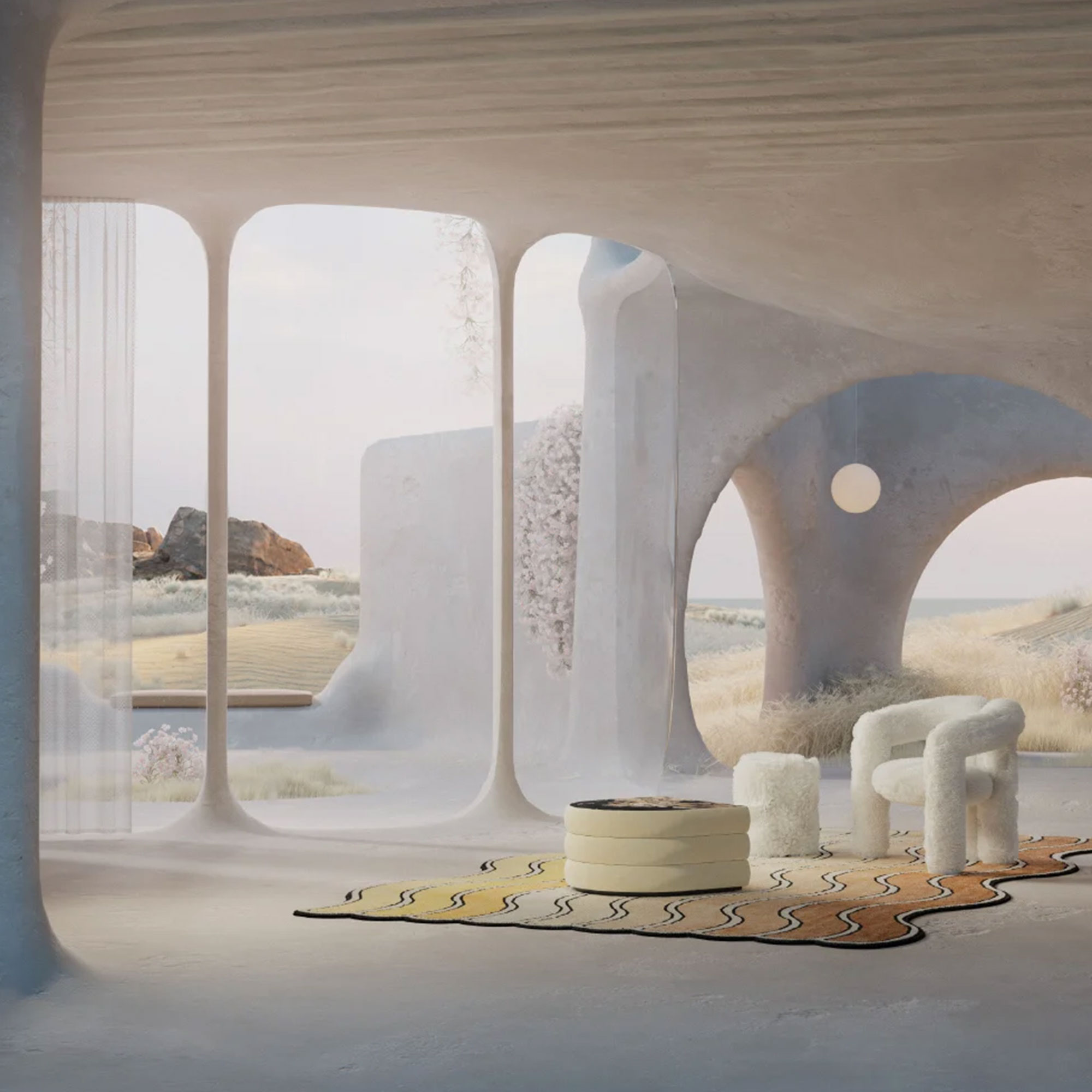Dreamscapes in Digital Architecture: Beyond Reality
In the evolving world of architectural design, the emergence of Dreamscapes marks a significant shift from the conventional to the extraordinary. This technique, which resides at the intersection of technology and creativity, allows architects and designers to traverse beyond the boundaries of traditional design and into the realm of imagination and surrealism.
What are Dreamscapes in Digital Architecture?
Dreamscapes in digital architecture are not just design concepts but are artistic expressions that utilize advanced digital tools to create surreal, abstract, and imaginative visualizations of spaces and structures. This technique diverges from the path of realism and physical accuracy, instead opting for a more emotive and conceptual approach.
Dreamscapes defy conventional architectural norms, introducing surreal and abstract imagery that challenges our understanding of space, structure, and gravity. These images often feature fantastical elements and whimsical landscapes that seem to be extracted from a dream. The creation of Dreamscapes relies heavily on state-of-the-art digital tools, including sophisticated 3D modeling software and rendering techniques, often supplemented by AI-driven design tools, allowing for unprecedented levels of creativity.
More than just architectural designs, Dreamscapes aim to evoke emotions and convey concepts. Through the use of vibrant colors, dramatic lighting, and exaggerated forms, they create an atmosphere that transcends the physical aspects of the design. The creation of Dreamscapes is a multidisciplinary endeavor. It melds skills from various fields such as graphic design, visual arts, and even storytelling, resulting in a rich and varied expression of ideas.
When combined with VR and AR technologies, Dreamscapes provide a more immersive and interactive experience, allowing viewers to explore these imaginative spaces in depth. Often, Dreamscapes are utilized as a medium for storytelling, using architectural elements as metaphors within a larger narrative context. This adds a layer of depth and meaning to the designs.
The essence of Dreamscapes lies in experimentation. This approach encourages the exploration of new forms, materials, and spatial configurations, free from the constraints of physical construction.
Dreamscapes in digital architecture represent a bold fusion of art and technology, opening up a world where imagination and virtual design converge. As this technique continues to evolve, it holds the potential to revolutionize not just how we perceive architectural spaces, but also how we interact with and understand the built environment around us.
By embracing the surreal and the abstract, Dreamscapes challenge us to think beyond the conventional, urging us to envision a future where architecture is not just about buildings and spaces but the limitless possibilities of the human imagination.
Some of the most famous digital Architecture Artists are Andrés Reisinger, Paul Milinski, Alexis Christodoulou, Six N. Five studio.


